Wilson Adult Unstrung Tennis Racket Ultra 100 V3.0 – Black/Blue
£159.99 Original price was: £159.99.£96.99Current price is: £96.99.
- Your satisfaction is 100% guaranteed.
- Sustainable materials, for a better tomorrow.
- Multiple payment options for secure shopping with SSL
- Buy with Confidence, Get Quality

This racket was designed for advanced tennis players looking for a powerful, stable racket.Racket sold unstrung.The new Wilson Ultra V3.0 combines power and stability. It has been reworked with new technologies to limit the torsion of the frame at the moment of impact with the ball.
Weight (unstrung racket)
300 g.
Weight: The weight is measured in grams. Just like balance point and length, the weight impacts a racket’s swingweight and therefore its manoeuvrability, stability and ability to transfer energy to the ball (power). The heavier the racket, the more power you’ll get, but the harder it will be to handle. The lighter the racket, the easier it will be to handle, but the trade-off is less power.
Balance (unstrung racket)
32 cm
Balance: This is the racket balance point, measured in centimetres from the bottom of the shaft. The higher the number (head heavy), the more powerful and stable upon impact the racket will be. However, it will also be harder to manoeuvre. The smaller the number (grip biased or handle heavy), the easier the racket will be to handle but you’ll have less power and stability.
Head size
645 cm²
Head size: This is the surface area of the racket head size measured in squared centimetres. It has an impact on the racket’s forgiveness and power. The larger the head size, the more powerful and forgiving it is, but the downside is less control. The smaller the head size, the more control you’ll get, but you’ll have to sacrifice power and forgiveness.
Stiffness
73 Ra
Ra: This refers to the racket’s stiffness, i.e. how much it bends under the impact of the ball. The stiffer the racket (the higher the Ra), the less it bends. The energy lost on impact is minimised and returned to the ball via the strings. Generally, a stiffer racket offers greater power.
Swingweight (unstrung racket)
SW = 285
Swingweight: This indicates how easy a racket is to handle and its ability to transfer energy to the ball (power). The higher the swingweight, the more powerful the racket, but also the harder it will be to handle. Conversely, the lower the swingweight, the easier the racket will be to handle, but the trade-off is less power. The swingweight is derived from a combination of the racket weight, balance and length.
String pattern
16 x 19
String pattern: This is the number of mains (vertical strings) x the number of crosses (horizontal strings). The more strings the pattern has, the more “closed” it is; the fewer it has, the more “open” it is. A more closed string pattern offers a greater feeling of control, but less power and spin. A more open string pattern provides more power and spin, but less control.
Length
68.5 cm
Length: This is the length of the racket from the bottom of the grip to the top of the head. It is measured in centimetres. The longer the racket, the more power you’ll get, but the flip side is that it will be harder to handle. The shorter the racket, the easier it will be to manoeuvre, but you’ll have to give up power.
Cross section
Cross section (in mm): 23/26/23
Powerprofile
Key technology of the new Ultra range, PowerProfile geometry includes three geometric improvements designed to strengthen stability and exploit even more easily the power produced by the strings.
Built-in PWS
The built-in PWS takes the volume of the current PWS (Perimeter Weighting System) and distributes it over a greater area of the string pattern, to maximise the power of the latter while maintaining stability.
Sweet Spot Channel
The Sweet Spot Channel includes a cavity on the inside of the frame to extend the cross string by 3.5 mm for more power and responsiveness.
Inverted Power Rib
The Power Rib inverted core geometry increases torsional stability to provide even more power and reduce frame distortion.
| SIZE | Grip 3 |
|---|
Be the first to review “Wilson Adult Unstrung Tennis Racket Ultra 100 V3.0 – Black/Blue” Cancel reply
Related products
Adults Tennis Rackets
Adults Tennis Rackets
Adults Tennis Rackets
Mens Tennis Shoes
Adults Tennis Rackets
Adults Tennis Rackets


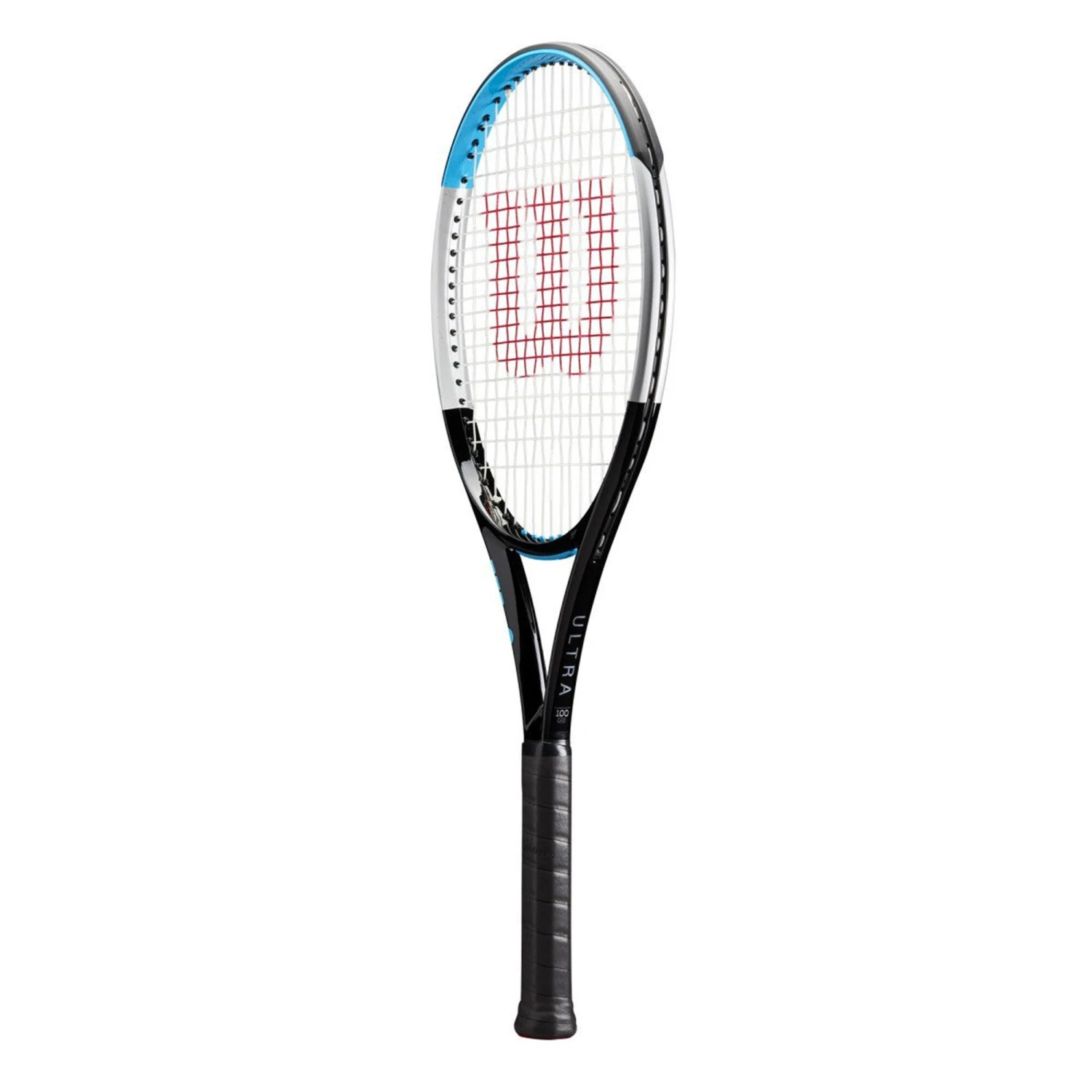

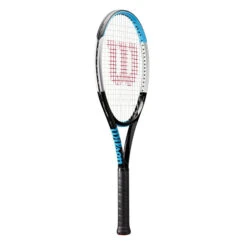
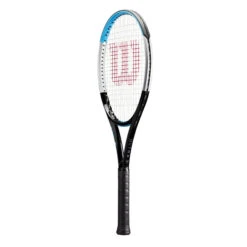

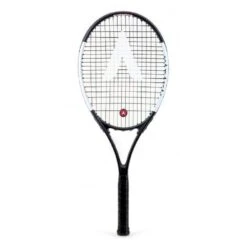
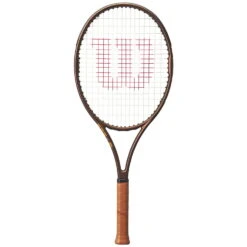
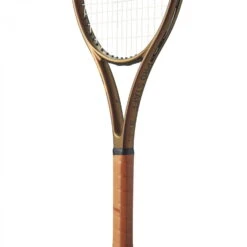

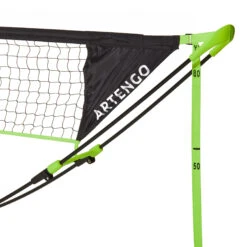
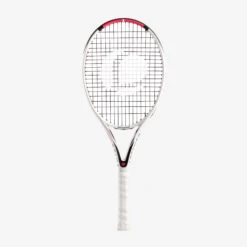
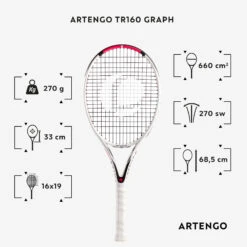





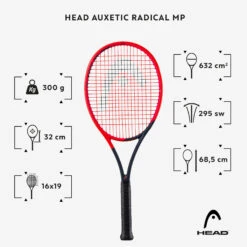

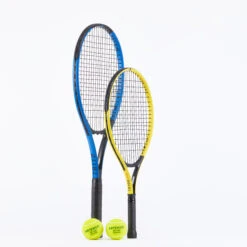
Reviews
There are no reviews yet.